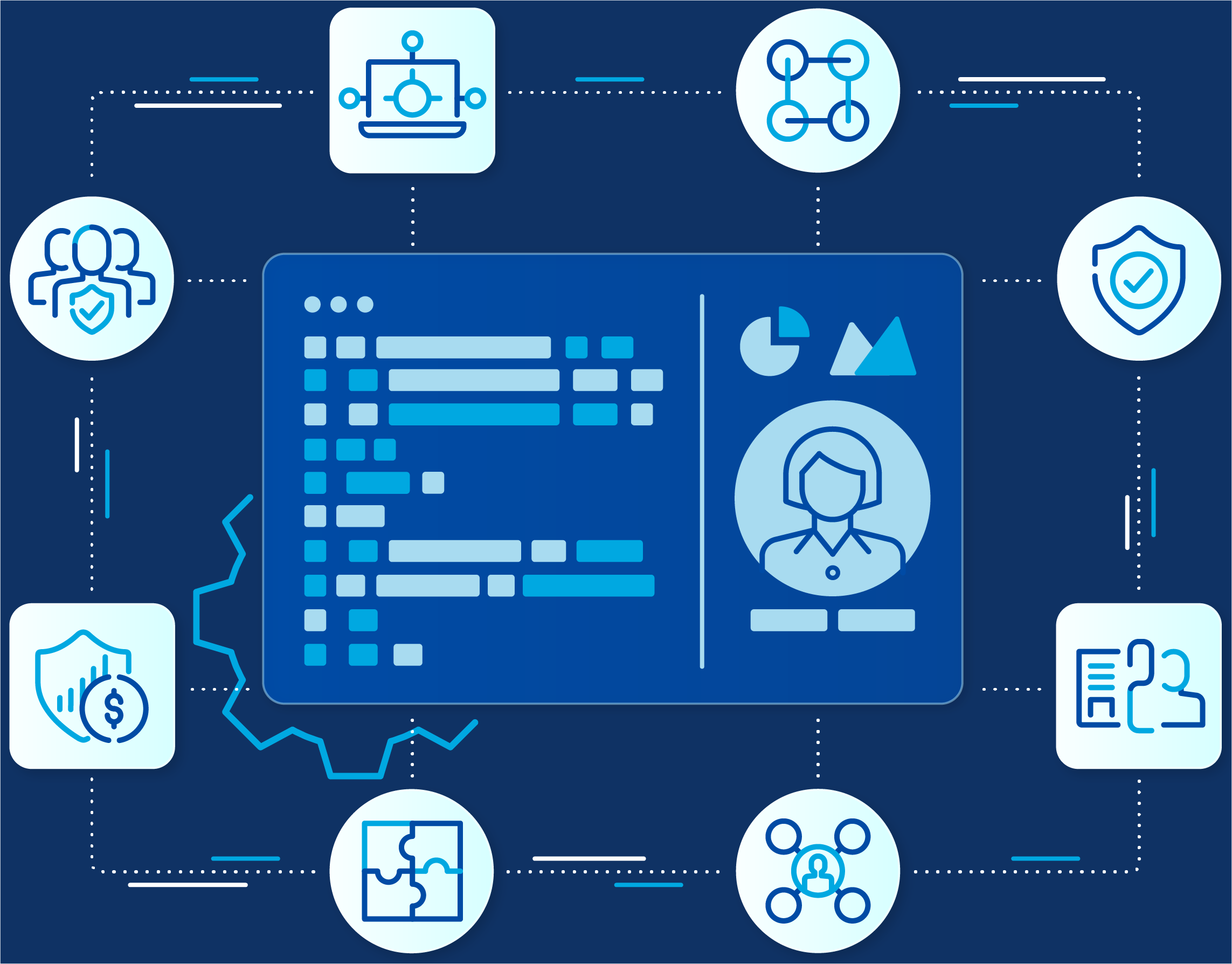On Tuesday July 13, we kicked off the first of seven webinar sessions in our LiveRamp for Developers series. If you missed the first session, you can still register to attend, which will allow you to view the video on demand. From that page, you can also register to attend future webinar sessions.
In the session, I reviewed a bit from our inaugural developer event last year, our journey through platformization, and in consort, our API development. As we move toward transforming from an AdTech player to enterprise SaaS, over time, and through internal product development and external customizations, we have realized that our typical onboarding workflow can be divided to allow us to surface APIs, allowing us to move from a product to a platform. This will allow users to build apps leveraging LiveRamp’s capabilities separately. Since then, we have kept to that vision by developing APIs and creating our new developer portal.
The LiveRamp Developer Portal
The LiveRamp Developer Portal, which launched on Tuesday, is the central location for technical resources and tools—applications, APIs, and corresponding documentation and guides—that will allow users (customers and partners) to utilize different parts of the LiveRamp platform in a more flexible and programmatic manner to suit their individual needs.
The APIs are arranged on the portal by expected industry use case (brand, platform, or publisher—with more to follow), or by product category as follows:
Identity infrastructure:
- AbiliTec API
- Retrieval API
Activation API
- Activation API
Data Marketplace
- Buyer API
Authenticated Traffic Solution (ATS)
- ATS API
In addition to improved API documentation, the portal provides case studies, resources (datasheets, presentations, videos), and an events page specifically for our technical audiences where we will showcase both LiveRamp events as well as external conferences we participate in.
Future APIs and portal updates
The portal was launched with new capabilities within our API documentation and it improved user experiences. We will continue to add additional content and support and look to add more advanced features in the future.
We are planning on making the portal collaborative, and while we have only announced the first seven sessions in the series, this is something we are planning to continue. In the future, I would like to have our partners or customers talk about how they are using the APIs and incorporating them into their applications, and how that is helping to address their business needs. In addition, we will likely have industry-focused or use-case focused sessions in the future. If these are of interest to you, please let us know by contacting us, and we will be sure to notify you when they are available.
We have launched the portal with the set of APIs above but are actively working on adding more, and we will also be introducing additional product categories. Aside from APIs, we will be expanding to offerings for data science, as well as other technical programs and features for all our technical audiences. If you would like to stay informed as we announce new portal developments, check the news section of the portal or subscribe to our blog (below).
Next steps
I encourage you to view the upcoming sessions, which will be focused on individual APIs. They will be led by product managers and their engineering counterparts for each of the APIs. Also, take a tour of the portal so you can understand how the APIs can be utilized. There will be Q&A at the end of presentations hosted by the teams actively working on the APIs.
Currently, you must be a LiveRamp customer to utilize the APIs. If you are a customer, then reach out to your LiveRamp customer success manager or representative to find out more information about setting up an API engagement. If you are not a customer, please reach out to us through the contact form, which you can find on almost all of the portal pages, and you will be routed to the right person in sales to talk about starting an engagement with LiveRamp.
